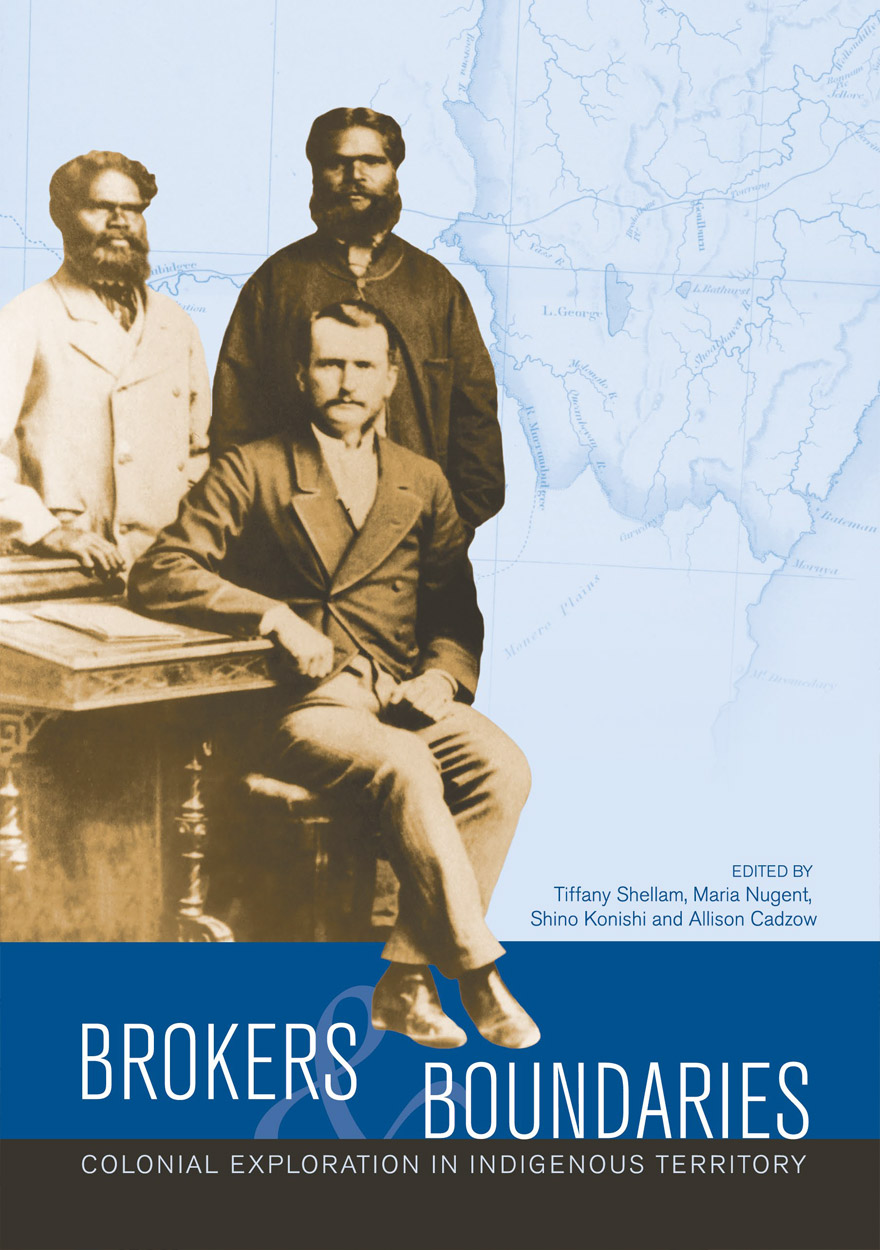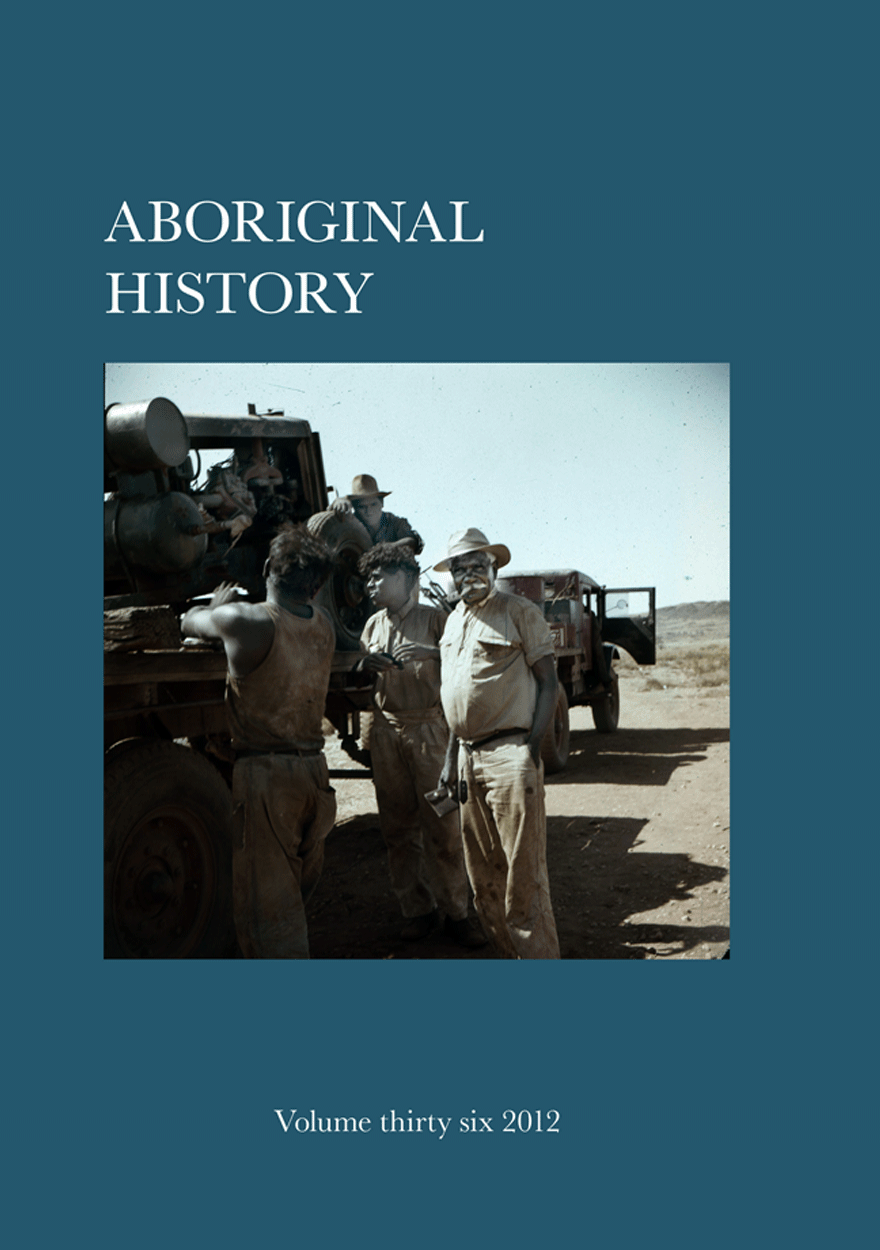Publication date: January 2011
In this volume, Mitchell Rolls reconsiders the question of silence in Aboriginal history by examining a wide range of literature on Indigenous themes, which was produced during the period dubbed by W.E.H. Stanner as the ‘Great Australian Silence’. Felicity Jensz uncovers the significance of matrimony in Moravian missionaries’ attempts to Christianise Aboriginal people in the nineteenth century, and Anne McGrath traces the history and continuing legacy of relationships between Aboriginal and Irish people in Australia. Meg Parsons’ study is focused on Sir Raphael Cilento, an often overlooked figure who oversaw Queensland’s Aboriginal leprosy management strategies in the 1930s and the establishment of the Fantome Island leprosarium. Pamela McGrath and David Brooks examine William Grayden’s 1957 film Their Darkest Hour, and how it was interpreted by contemporary audiences, Indigenous activists and, finally, the Ngaanyatjarra people’s perceptions of the film now. Martin Thomas looks at the 1948 American–Australian Scientific Expedition to Arnhem Land, the Indigenous response to it and its continuing legacy. Sylvia Kleinert discusses the little-known history of Bill Onus’s Aboriginal Enterprises, a tourist outlet that fostered an influential Indigenous art scene in Melbourne and its impact on Aboriginal identity formation in south-eastern Australia. Jessie Mitchell examines questions of Aboriginal cultural performance in her study of the Aboriginal reception of Prince Alfred’s 1868 royal tour. Finally, Petter Naessan gives a rich linguistic history of the name Coober Pedy, evaluating a range of sources each claiming different Indigenous etymological origins of the name.
Aboriginal History Inc. is a publishing organisation based in the Australian Centre for Indigenous History, Research School of Social Sciences, The Australian National University, Canberra.
For more information on Aboriginal History Inc. please visit aboriginalhistory.org.au.









